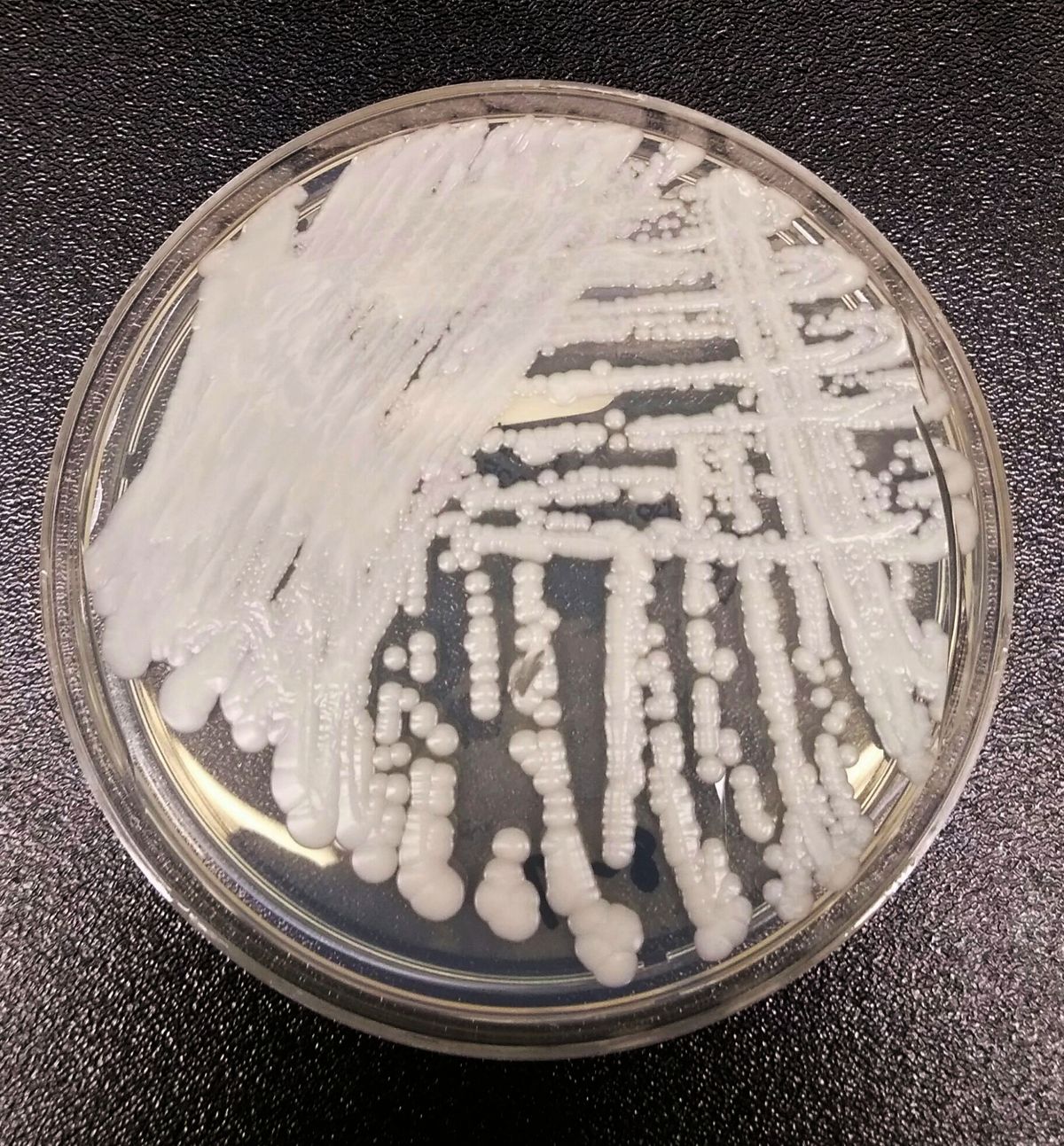The alarming rise of Candida auris cases in the US
Have you heard about the Candida auris fungus, aka C. auris?

A few minutes every morning is all you need.
Stay up to date on the world's Headlines and Human Stories. It's fun, it's factual, it's fluff-free.
The backstory: Have you heard about the Candida auris fungus, aka C. auris? It causes a pretty nasty infection that first popped up in Japan in 2009. Now, C. auris has been on the move, infecting people all over the world, and it's resistant to treatment.
But before you start freaking out, just know that if you're generally healthy, you don't need to worry too much about it. The fungus is more of a threat to those with weakened immune systems or people who use medical devices like ventilators or catheters.
More recently: Last year, the WHO released a list of the most worrisome fungal pathogens that need further research, with C. auris being one of the top-priority pathogens.
You may have noticed that fungi have been getting more attention recently, thanks to popular shows and video games like "The Last of Us," which features a fungus called cordyceps that infects humans. But health experts said not to worry, as the chances of that happening in real life are slim.
The development: Now, according to the CDC, the number of C. auris cases is on the rise. In just a year, the US saw a huge jump from 756 to 1,471 cases, and what's really scary is that the usual anti-fungal treatments aren't working for most of them. The CDC has already labeled it a "serious global health threat." It's mainly affecting people in hospitals or elderly care homes, and unfortunately, one in three patients with invasive infections from the fungus didn't survive. Although, it can be tricky to know just how much C. auris contributes to the death rate, as many of those patients have underlying health issues.
So, what's causing this outbreak? The CDC believed it was due to poor infection prevention at healthcare facilities and called for better screening efforts.
Key comments:
"The rapid rise and geographic spread of cases is concerning and emphasizes the need for continued surveillance, expanded lab capacity, quicker diagnostic tests, and adherence to proven infection prevention and control," said Dr. Meghan Lyman, lead author of the CDC report, in a statement.
"Unfortunately, multi-drug resistant organisms such as C. auris have become more prevalent among our highest risk individuals, such as residents in long-term care facilities," said Dr. Paul Byers, Mississippi state's epidemiologist, to NBC NEWS.
"By its nature, it has an extreme ability to survive on surfaces," added Dr Paul Byers. "It can colonize walls, cables, bedding,chairs. We clean everything with bleach and UV light."




Comments ()